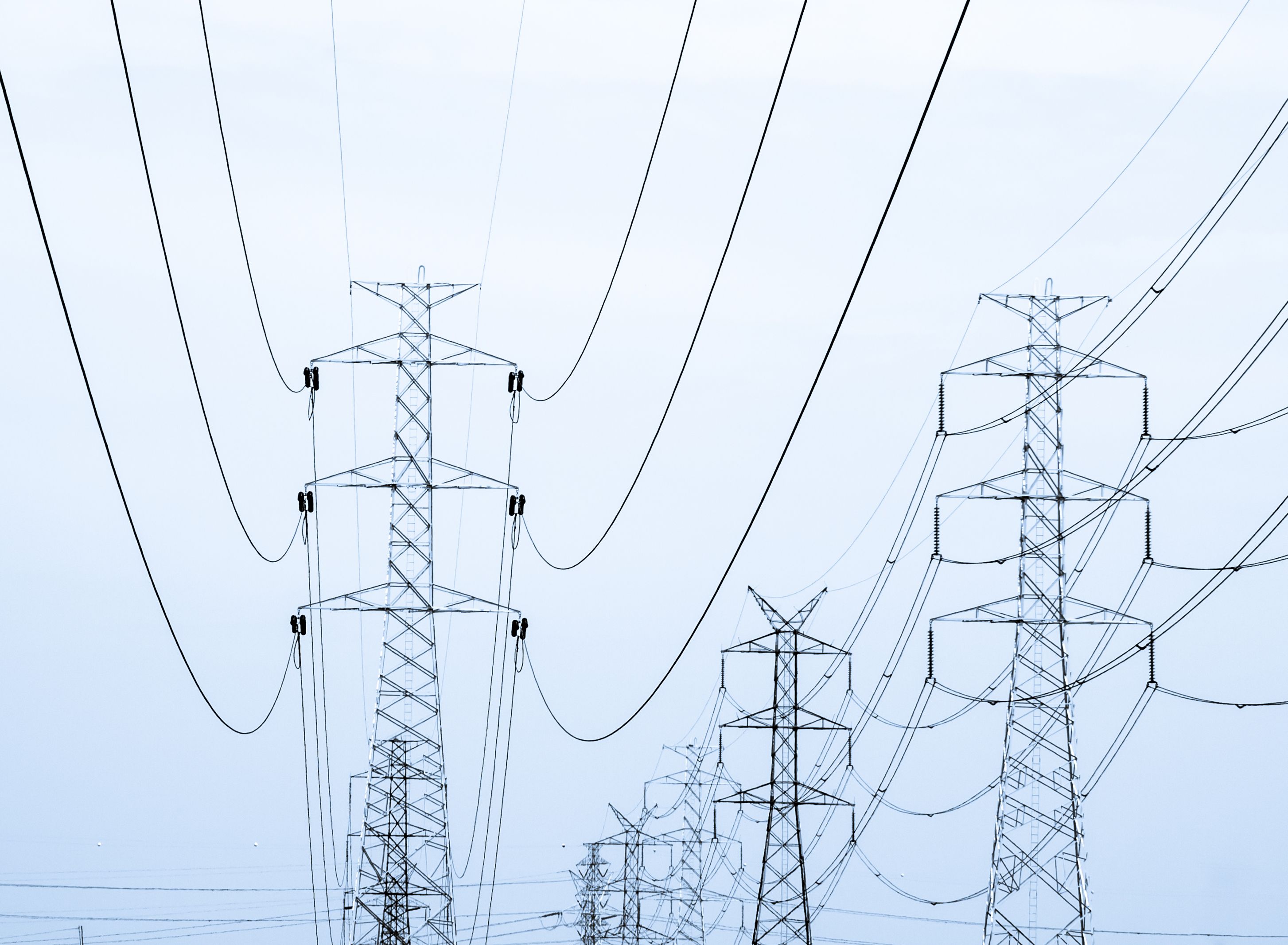Imagine that your water stopped running or your electricity went off. What would you do? Thankfully, for the most part, the water flows, electricity buzzes, and phones ring because of preventative maintenance work. Preventative maintenance is completed in a variety of critical infrastructure industries from utilities to telecom and is more important than you think. Learn more about why preventative maintenance is essential for utility companies who care about safety and reliability.
What is preventative maintenance?
Preventative maintenance is regular service and upkeep performed on assets in order to decrease the chance of equipment failure. Preventative maintenance, also called planned maintenance, is set up in advance, and regularly occurs in an effort to keep the asset in tip-top shape, and lower the chance of failure.
What is reactive maintenance?
Reactive maintenance is performing maintenance when an asset breaks or malfunctions. The benefit of reactive maintenance is only completing maintenance when necessary, but that is where the benefits end.
Reactive maintenance vs. preventative maintenance
Preventative maintenance keeps workers and customers safe. Only doing reactive maintenance, without preventative maintenance, has many consequences. When an asset is not regularly maintained, the critical infrastructure company doesn’t have information about the state of the asset: if components are deteriorating or if a critical part is missing. This means when the asset malfunctions or breaks, it could be catastrophic and put people at risk. Safety is one of the most important success metrics for utility companies. Putting the safety of workers and civilians at risk to complete less maintenance is never acceptable.
Planned maintenance, on the other hand, ensures utility companies can maintain and improve safety metrics. Consistent visits to a site decrease the chances of something going unnoticed. They also empower utility companies to replace parts as needed, extending the longevity of an asset.
Improve utility reliability metrics
Reliability is one of the most important metrics to utility companies, and to customers. Reactive maintenance is the antithesis of reliability. Infrequent maintenance prevents utility companies from being able to predict any outages. Planned maintenance works to limit any outages, and while they can still happen due to wild weather or other factors, preventative maintenance helps decrease the likelihood of outages and improves a utility companies reliability metric.
Manage preventative maintenance for utility assets
Keeping track of preventative maintenance schedules for utility assets can be difficult — there are various stakeholders, many locations, people working in the field and in the office. In order to effectively manage preventative maintenance, you need a single source of truth. Sitetracker helps utility companies complete preventative maintenance every day. Learn more about how Sitetracker can help your utility company improve safety and reliability.
